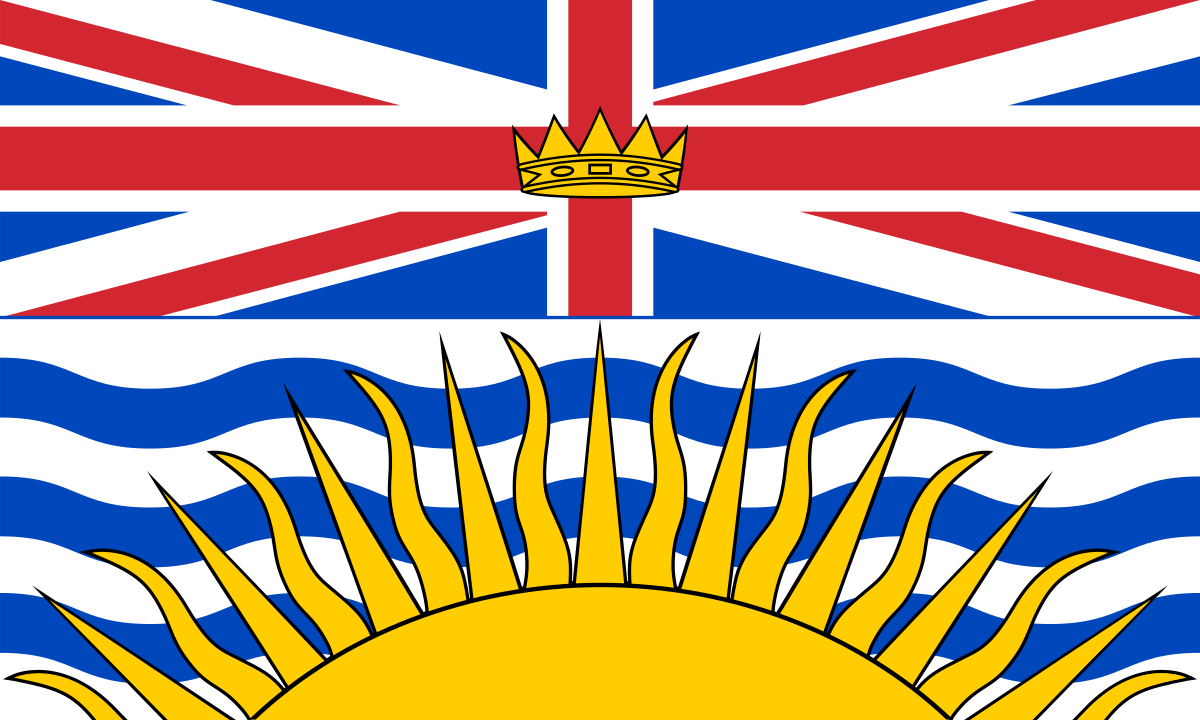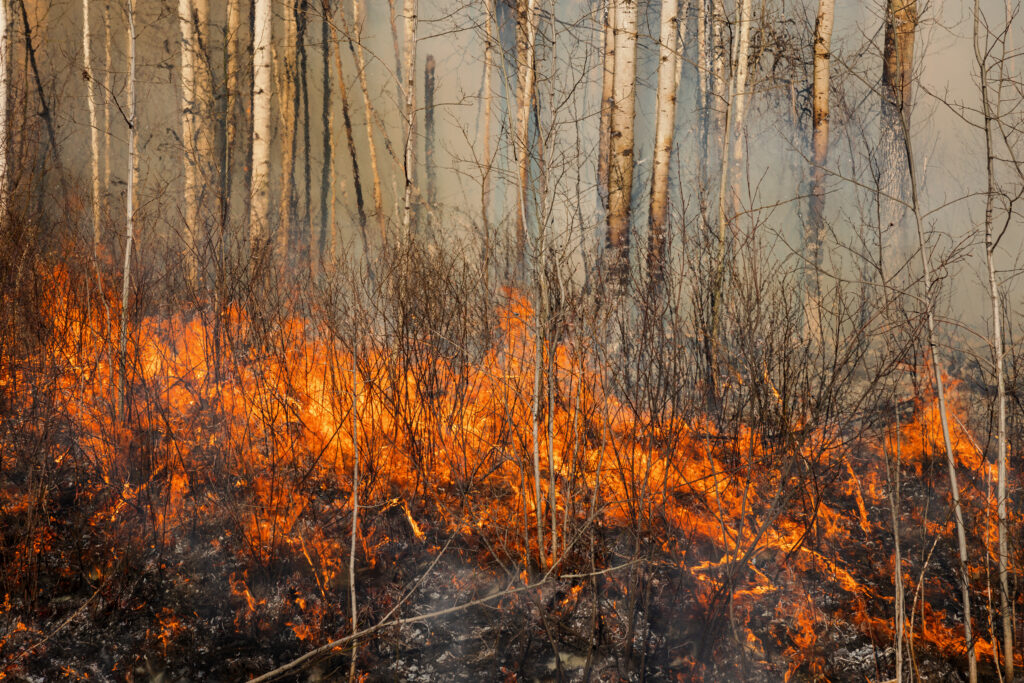Gitanyow Elder Darlene Vegh drips fire onto a patch of dry leaves, moss and twigs on a ridge above Xsit’ax (Kitwanga River) on Wilp Gwaas Hlaam lands in northwest B.C. It’s a clear spring day a few weeks after the winter snowmelt exposed the forest floor. The orange light of the little flames dancing along the ground is soft and warm against the deep shadows cast by the trees. Vegh’s fire starts the day’s cultural burn, an Indigenous-led practice that brings fire back to the land in a good way.
Fire — called lakw in Simalgyax, the language spoken in Gitanyow — was used on the landscape for thousands of years as a tool to manage resources like food and medicinal plants and the animals that eat them. But under colonization, Indigenous use of fire was banned — suppressed along with every other aspect of cultural life. As governments enacted genocidal policies like the Indian Act, they used fire for nefarious purposes, burning down Indigenous dwellings as they forcibly removed communities from their lands and moved them onto reserves.
Vegh is from Wilp Wii Litsxw, a Gitanyow house group. She’s a member of the Gitanyow Lax’yip Guardians, a small group of fish and wildlife monitors known as the “eyes and ears” of the territory, or lax’yip. When the guardians surveyed the ridge to map the area for cultural values prior to the burn, she says they discovered seven house pits and dozens of cache pits, depressions in the ground where homes or food storage buildings once stood. She wondered why they didn’t see cedar boards — remnants of house construction — or other evidence of ancestral use of the land.
“I think they were all burned by the state, the churches or the Indian agents, when the Indian reserve systems were established — 1918 would have been a devastating year for ancestral habitation sites,” she says, referring to the time when settlers moved en masse onto Gitanyow lands, enabled by an amendment to the Indian Act that allowed expropriation of reserve land for farmers and ranchers.


